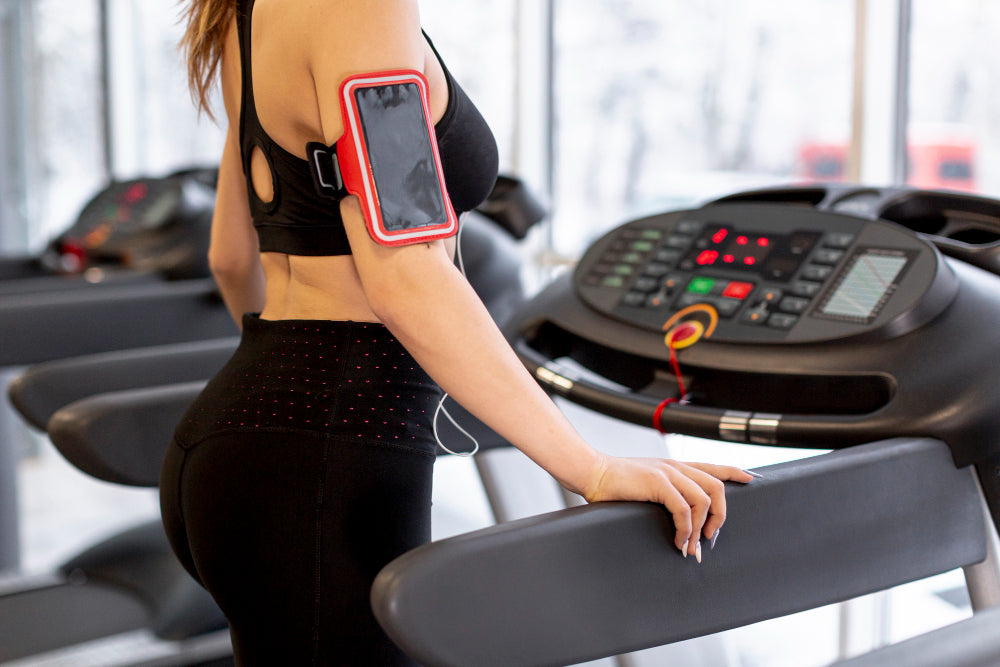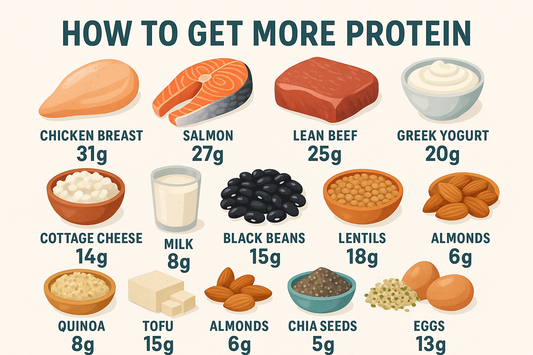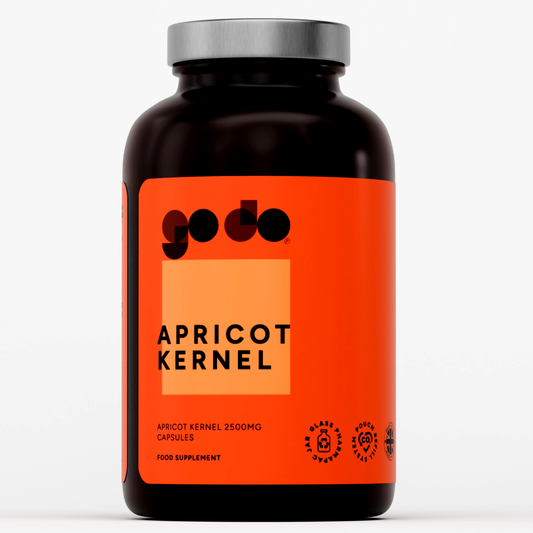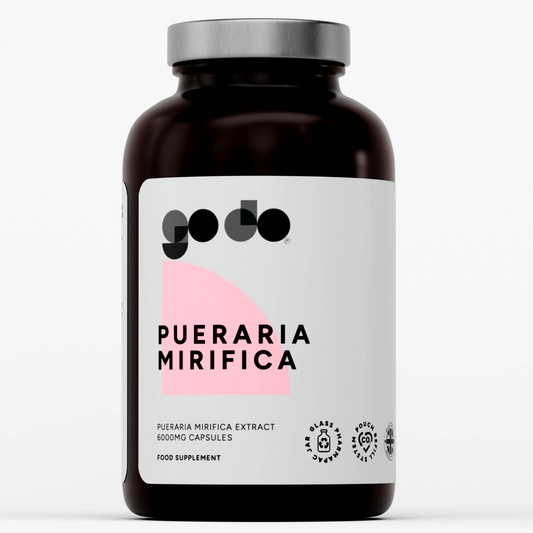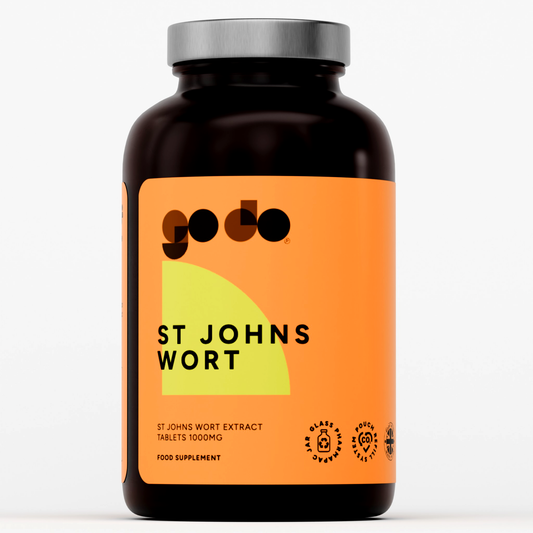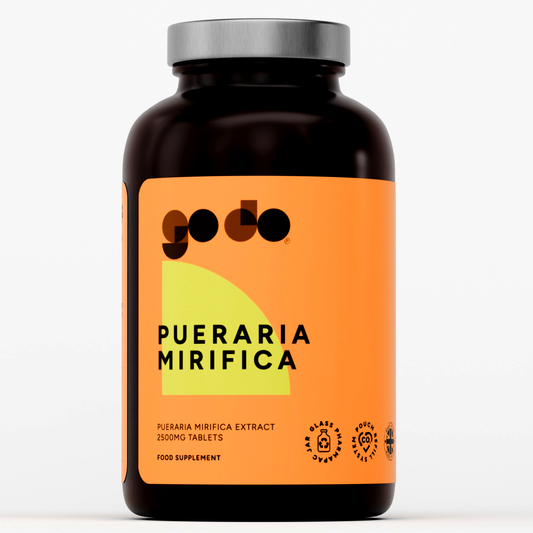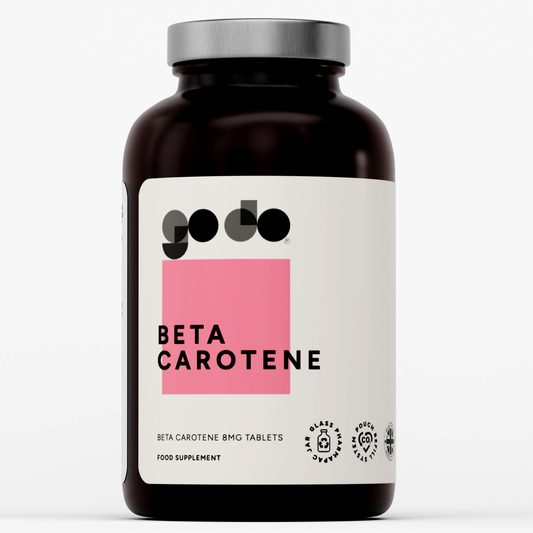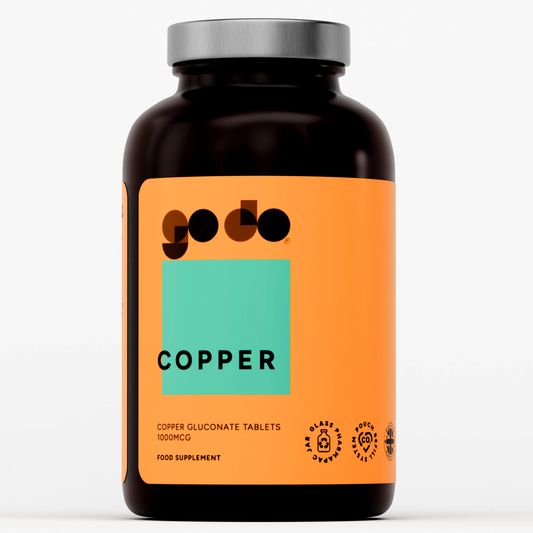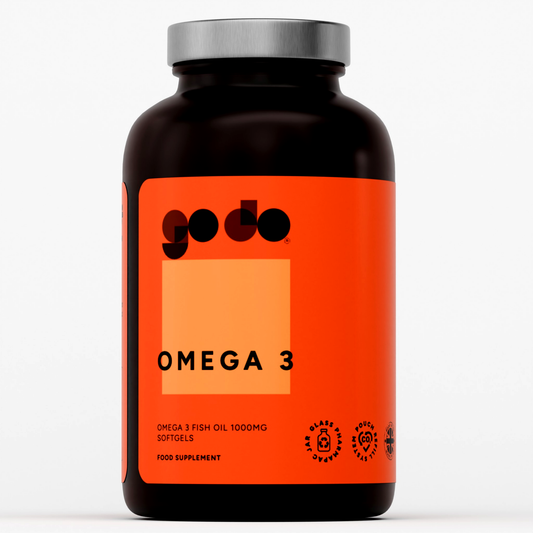Running on Treadmill Calories Burned: A Complete Guide to Your Workout
Introduction to Calorie Burn
Calorie burn is a crucial aspect of any workout, including running on a treadmill, as it helps individuals lose weight and achieve their fitness goals effectively. Understanding how many calories are burned during a treadmill workout is essential for creating an effective weight loss plan and tracking progress toward your objectives. A treadmill calculator can be used to estimate the number of calories burned during a workout, along with various other tools. taking into account factors such as body weight, speed, incline, and duration. Running on a treadmill is an excellent way to burn calories and improve cardiovascular health, making it an ideal exercise for those looking to lose weight, maintain current weight, or enhance overall fitness levels and endurance.

Factors Affecting Energy Expenditure
Several factors affect energy expenditure during a treadmill workout, including body weight, running or walking speed, incline percentage, and total activity duration or distance covered. Metabolic equivalent (MET) values are used to estimate energy expenditure during different activities, including running on a treadmill, with running typically ranging from 8-12 METs depending on intensity. The number of calories burned during a treadmill workout can vary significantly depending on the individual's fitness level, body composition, muscle mass, age, and metabolic rate. Incline walking, for example, can burn more calories than walking on a flat surface, making it an effective way to increase calorie burn during workouts without increasing speed. Gender also plays a role, as men typically burn more calories than women due to higher muscle mass and metabolic rates on average.
Treadmill Workout Benefits
Running on a treadmill provides several benefits, including improved cardiovascular health, increased calorie burn, enhanced fitness levels, and strengthened leg muscles and bone density. Treadmill workouts, including walking on a treadmill, can be customized to suit individual fitness goals, whether it's to lose weight, build endurance, improve speed, or maintain current fitness levels. Treadmill walking and running can be effective ways to burn calories and improve overall health, making them ideal exercises for individuals of all fitness levels. Additionally, treadmills provide a safe and convenient way to exercise, regardless of the weather or time of day, with cushioned surfaces that reduce joint impact. The ability to control speed, incline, and duration makes treadmills versatile tools for progressive training and consistent calorie burning throughout the year.
Understanding Calories Burned
The number of calories burned during a treadmill workout depends on several factors, including running speed, incline grade, workout duration, and your individual body weight. Running burns more calories than walking, and high-intensity exercise can burn significantly more calories than moderate-intensity exercise, sometimes up to twice as many per minute. Understanding how many calories are burned during a workout can help individuals create a more effective weight loss plan and achieve their fitness goals more efficiently. It's also important to note that calorie burn can vary depending on individual factors, such as fitness level, body composition, metabolism, and even genetics. On average, a 155-pound person burns approximately 298 calories running at 5 mph for 30 minutes, while increasing to 6 mph burns around 372 calories.

Tips to Burn More Calories
To burn more calories during a treadmill workout, individuals can try increasing the speed or incline gradually, or incorporating interval training into their routine for maximum effectiveness. Running uphill or adding sprint intervals can also be effective ways to burn more calories and improve cardiovascular health while building leg strength and endurance. Additionally, incorporating strength training into a workout routine can help build more muscle, which can further increase calorie burn even during rest periods throughout the day. It's also important to note that creating a calorie deficit by burning more calories than consumed can lead to weight loss, while burning fewer calories than consumed can lead to weight gain. Other strategies include varying your pace, using arm movements, and extending workout duration gradually to increase total calorie expenditure without overexertion.
Optimizing Workout Routine
To optimize a workout routine, individuals can try varying their exercise routine to include a mix of cardio and strength training for comprehensive fitness development. Incorporating different types of exercise, such as treadmill walking, running, interval training, and hill workouts, can help keep workouts interesting and prevent plateaus in progress. It's also important to listen to your body and rest when needed, as overexertion can lead to injury, burnout, or decreased performance over time. Certified personal trainers can provide guidance on creating a customized workout routine that meets individual fitness goals, addresses limitations, and ensures proper form and technique. Consider following a structured plan that includes treadmill sessions and gradually increases intensity and duration over weeks to build endurance safely and maximize calorie burn efficiently.
Common Mistakes to Avoid
Common mistakes to avoid when using a treadmill include not warming up properly, not cooling down after a workout, and not staying hydrated throughout the session. It's also important to avoid exercising at too high an intensity, especially for beginners, as this can lead to injury, excessive fatigue, or burnout, often caused by exerting less energy than necessary . Additionally, not tracking progress or adjusting workout routines as needed can hinder progress and prevent individuals from achieving their fitness goals and desired calorie expenditure. It's also important to note that exercising at your own risk and seeking professional medical advice when needed can help prevent injuries and ensure safe workouts. Other mistakes include holding onto handrails excessively (which reduces calorie burn), maintaining poor posture, wearing inappropriate footwear, and neglecting to vary workouts regularly.

Creating a Workout Plan
To create a workout plan, individuals can start by setting specific, measurable fitness goals, such as losing a certain amount of weight or improving cardiovascular endurance. Next, they can choose exercises that align with their goals, such as treadmill walking or running, and incorporate them into their weekly routine with appropriate frequency. It's also important to track progress over the same distance and adjust workout routines as needed to ensure continued progress, prevent adaptation, and maintain motivation over time. A treadmill calorie calculator can be a useful tool in creating a workout plan, as it can help individuals estimate the number of calories burned and adjust accordingly. Your plan should include rest days, progressive overload, variety in workouts, and realistic timelines that account for your current fitness level and lifestyle constraints.
High-Intensity Workouts
High-intensity workouts, such as interval training or HIIT (High-Intensity Interval Training), can be effective ways to burn more calories and improve cardiovascular health in less time. These types of high-intensity workouts involve short bursts of high-intensity exercise followed by brief periods of rest or lower-intensity recovery, maximizing greater calorie burn and metabolic benefits. High-intensity workouts can be customized to suit individual fitness goals and needs, and can be incorporated into a workout routine to add variety, challenge, and efficiency. It's also important to note that high-intensity workouts can be more effective for burning calories and improving fitness levels than steady-state, low-intensity workouts of the same duration. For example, alternating between 1-minute sprints at 8 mph and 2-minute recovery walks can burn significantly more calories than maintaining a steady 5 mph pace.
Monitoring Progress
To monitor progress, individuals can track their workouts, including the distance covered, speed maintained, incline used, and estimated calories burned, as well as weight and body measurements, as the results are only an estimate of actual calorie expenditure . They can also use a treadmill calorie calculator to estimate the number of calories burned during a workout and adjust their routine accordingly for optimal results. Additionally, taking progress photos and measurements can help individuals track visual changes and stay motivated throughout their fitness journey, even when scale weight fluctuates. It's also important to note that monitoring progress can help individuals stay on track and achieve their fitness goals while identifying what's working and what needs adjustment. Consider keeping a workout journal, using fitness apps, or tracking heart rate zones to gain deeper insights into your training effectiveness and recovery needs.
Staying Motivated
To stay motivated, individuals can try setting specific, achievable fitness goals and rewarding themselves when they achieve them, creating positive reinforcement for continued effort. They can also find a workout buddy or join a fitness community to stay accountable, motivated, and engaged with their fitness journey through social support. Additionally, incorporating variety into a workout routine, such as trying new exercises, changing music playlists, or taking a fitness class, can help keep workouts interesting and fresh. It's also important to note that staying motivated can help individuals achieve their fitness goals and maintain a healthy and active lifestyle for the long term. Track small victories, celebrate non-scale wins like improved endurance or faster times, and remind yourself regularly why you started your fitness journey in the first place, focusing on fat loss as a key goal .

Conclusion and Final Tips
Running on a treadmill is an effective way to burn calories, improve cardiovascular health, and achieve weight loss goals when done consistently and strategically over time. Understanding the factors that affect calorie burn, such as speed, incline, duration, and body weight, can help you optimize your workouts for maximum effectiveness and efficiency. Creating a personalized workout plan that includes variety, progressive challenges, and adequate recovery will help you stay motivated and see continued results without plateauing or burning out. Remember to combine your treadmill workouts with proper nutrition, hydration, and rest to support your fitness goals and overall health comprehensively for sustainable long-term success. Always consult with healthcare professionals before starting a new exercise program, especially if you have pre-existing health conditions or concerns about exercise safety.
